Doaa Emam
With the anniversary of the January 25 revolution, the Brotherhood’s media machines, which broadcast from Turkey, have not stopped inciting and urging its supporters to take to the squares, while the group has reaped nothing but failure after failure to mobilize for a return to the nostalgic discourse alleging the Brotherhood’s participation in the 2011 revolution since its first day.
The group’s theorists rely on statements attributed to Brotherhood founder Hassan al-Banna, in which he talks about revolution. Therefore, the Reference takes a look at the founder’s biography to answer the question: Is the Brotherhood a revolutionary group?
Forbidden power
The small booklet “The Message of the Teachings” included Banna’s response to the question about the Brotherhood’s thinking regarding revolution, in which he said, “The Brotherhood must be strong, and they must act in strength… Revolution is the most violent manifestation of power. The Brotherhood views it more accurately and profoundly, especially in a homeland like Egypt that has tried its luck of revolutions.”
“After all these looks and assessments, I say to those who are asking if the Brotherhood will use practical force as it does not help others, and as they trust that they have complete faith and unity, they bear all the results of this position with satisfaction. As for revolution, the Brotherhood does not think of it and does not depend on it, nor do they believe in its benefits and results.”
Then, the founder of the group asserted that if Egypt witnessed a revolution, the Brotherhood would not have a hand in it. “If they are expressing with each government in Egypt that the situation is like this, and the people did not think about urgent reform and quick treatment of these problems, then this will inevitably lead to a revolution that is not from the work of the Brotherhood, not from their advocacy, but from the pressure of circumstances and the requirements of the conditions.”
Brotherhood’s duplicity
The Jasmine Revolution at the end of 2010 in Tunisia coincided with the January 25 revolution in Egypt, both of which increased the group’s ambitions to reach power. In Egypt, Brotherhood leader Mohamed Morsi assumed the presidency in June 2012, and then the Brotherhood’s disasters followed in Egypt. This led to popular revolution calling for Morsi to be deposed, which the Brotherhood responded to by organizing demonstrations in support of the regime. It then carried out an armed sit-in in the Rabaa al-Adawiya and El-Nahda squares.
In Tunisia, the Ennahda movement came as an extension of the Brotherhood at the head of power. The recognition of the Egyptian and Tunisian revolutions by the Brotherhood had other reasons not related to it being a revolutionary group, but rather they brought the group to power. But on June 30, 2013, the Egyptian masses came out to protest, which the Brotherhood described as a “coup”, because it exposed the weakness of the group’s popular base and revealed the people’s mass rejection of the Brotherhood’s rule.
Tharwat al-Kharbawi, a researcher of Islamist movements, appeared in a video clip on June 2012, confirming that Brotherhood leader Kamal al-Helbawi told them that the revolution is in a critical moment after the Brotherhood’s members refused to participate in the January revolution. “If only Banna lived to our time to brush the ground and sit in the square,” Helbawi said.
Kharbawi pointed out that the Brotherhood founder said in his treatises that the Brotherhood avoids revolution because it only drags Egypt to harm, which is the reason that the Brotherhood failed to participate in or deal with the January 25 revolution.
Revolutionary violence
After the group’s failure to mobilize, the movement’s Sayyid Qutb current demanded the formation of armed groups and the introduction of terms bearing the group’s trends, as they were marketing for “revolutionary violence” or “armed resistance”, linking violence and revolution to satisfy the Qutb current and the revolutionary youth current, especially after the fall of the group’s rule in 2013.
American researcher Eric Trager, a fellow at the Washington Institute for Near East Policy, addressed the link between the growing division within the Brotherhood and the occurrence of terrorist attacks inside Egypt, stressing that the group’s fatal mistake is its belief that it can move rules beyond what came out during June 30, 2013.
According to an article in the American magazine Foreign Affairs in August 2017, the group cracked internally and divided between what is known as the “revolutionary wing” and the “old guard”. It said, “In the months following the Rabaa dispersal, the Brotherhood’s youth inside Egypt began to take up arms, and they created protection units to defend the group’s ongoing and increasingly weak demonstrations against the security forces. However, those units began the attack, and a number of armed groups appeared that targeted police stations and military personnel, electricity towers, roads, and other infrastructure.”
Mohamed Kamal, the late senior leader of the Brotherhood who supported violence, was tasked by the Brotherhood’s Sharia Council to formulate a defense of its “revolutionary activity” based on Islamic law. Eventually the group turned to violence after the council approved what it called the “jurisprudence of popular resistance against the coup,” which permitted a wide range of violence, including the killing of police officers and soldiers.

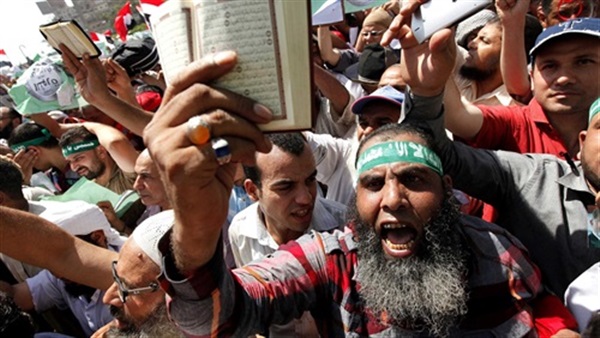
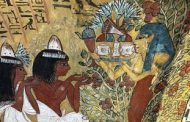
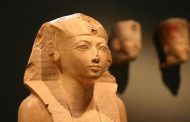
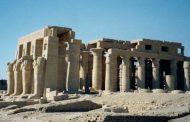
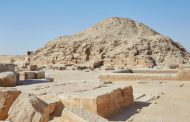
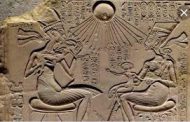
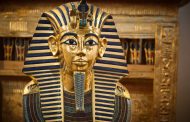
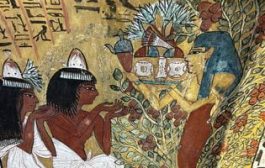
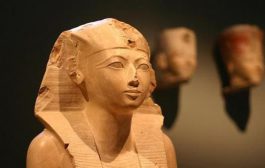
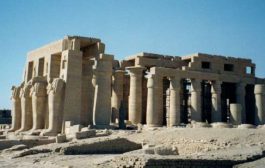
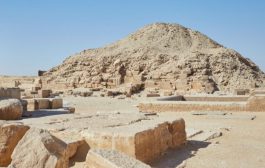
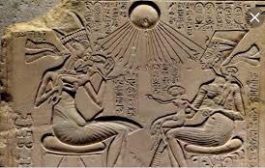












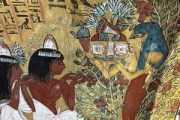
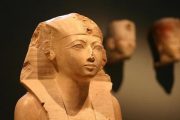
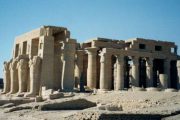
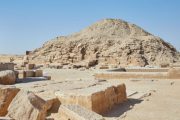
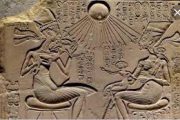

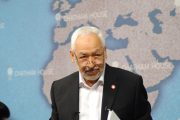

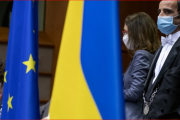

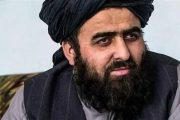

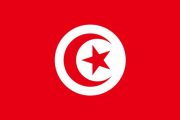

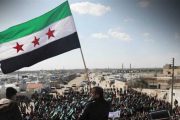
admin in: How the Muslim Brotherhood betrayed Saudi Arabia?
Great article with insight ...
https://www.viagrapascherfr.com/achat-sildenafil-pfizer-tarif/ in: Cross-region cooperation between anti-terrorism agencies needed
Hello there, just became aware of your blog through Google, and found ...